In the wake of ongoing crisis, several global businesses are deliberating to shift their supply chain away from China in their bid to regain the lost momentum in the post Covid-19 business world. Apple is no exception either. Going by several media reports, the electronics and technology giant, plans to move almost a fifth of its production capacity from China to India. If this materializes, it could translate into sizable benefits for both Apple and India.
Incidentally, Prime Minister Narendra Modi, in his 8 pm address to the nation on 12 May, advocated for building a “self-reliant” India and supporting the local products by a greater measure. Local manufacturing would make Apple better aligned with those sentiments as well.
For India, this could be a chance for globally showcasing its low-cost manufacturing model and in due course becoming a strong production alternative to behemoths like China. For Apple, to bite India’s manufacturing bait could be an attractive means to leverage the country’s IT talent and also discover the subtleties of the market at a more micro level. For consumers, there could be potential benefits in the form of more budget friendly devices, including iPhones.
Growing smartphone market
Apple is cognizant of the fact that it might not see a surge in iPhone demand from European countries and the US anytime soon enough. On the contrary, the impact of Covid-19 is not expected to be that steep in India, and so it may be fruitful for Apple to build new business models to mitigate the future growth crisis. While India’s market may not have been that big as far as premium smartphones and devices are concerned, Apple has witnessed a double-digit sales growth for the last couple of years.
It is worthwhile to mention that only last year, India’s share in the global smartphone production saw a substantial leap to 16 percent from 9 percent in 2016. One of the main causes for the jump was the trade war between the US and China, due to which, many handset makers cut down output in China. The Indian government lapped up the opportunity by introducing several incentives to the movers.
Boost for Make in India
India’s mushrooming digital economy and harmonious relations with most of the countries offer a much stable outlook to companies for speedy business revival. Apple, with more than 400 million paid subscribers across its services such as cloud, App Store, payment services such as Apple Card, can also look to replicate its success locally.
Considering the need for creating a strong manufacturing ecosystem, the government already has the production-related incentives (PLI) scheme in place to encourage local production.
Boosting local production in India, however, is not without challenges for Apple. The company has spent close to a decade to streamline supply chain across China’s coastal regions and support over 5 million jobs. Replicating similar models afresh in India would require a solid support system from the government.
Even after the launch of the much-publicized Make in India initiative six years ago, India’s manufacturing has not been able to take off in the manner expected, accounting for just about 15% of the country’s GDP. In China, on the other hand, manufacturing contributes over 40% to their GDP.
That could change if India manages to influence world’s most influential consumer electronics company to shift a significant percentage of its manufacturing here. Such a move could give a much-needed fillip to India’s manufacturing growth aspirations.




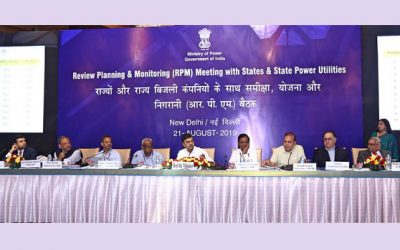
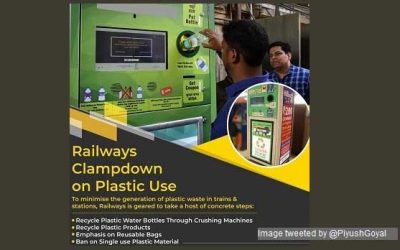
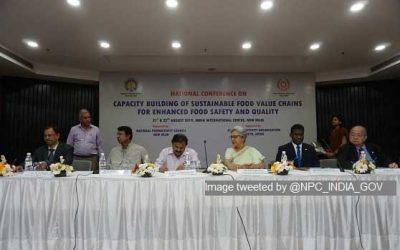
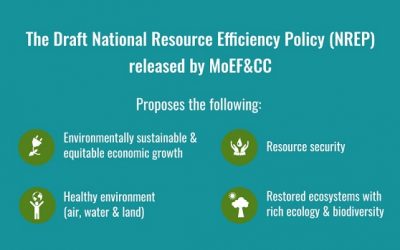
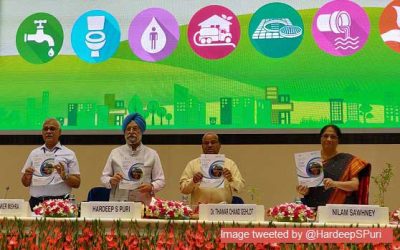

0 Comments